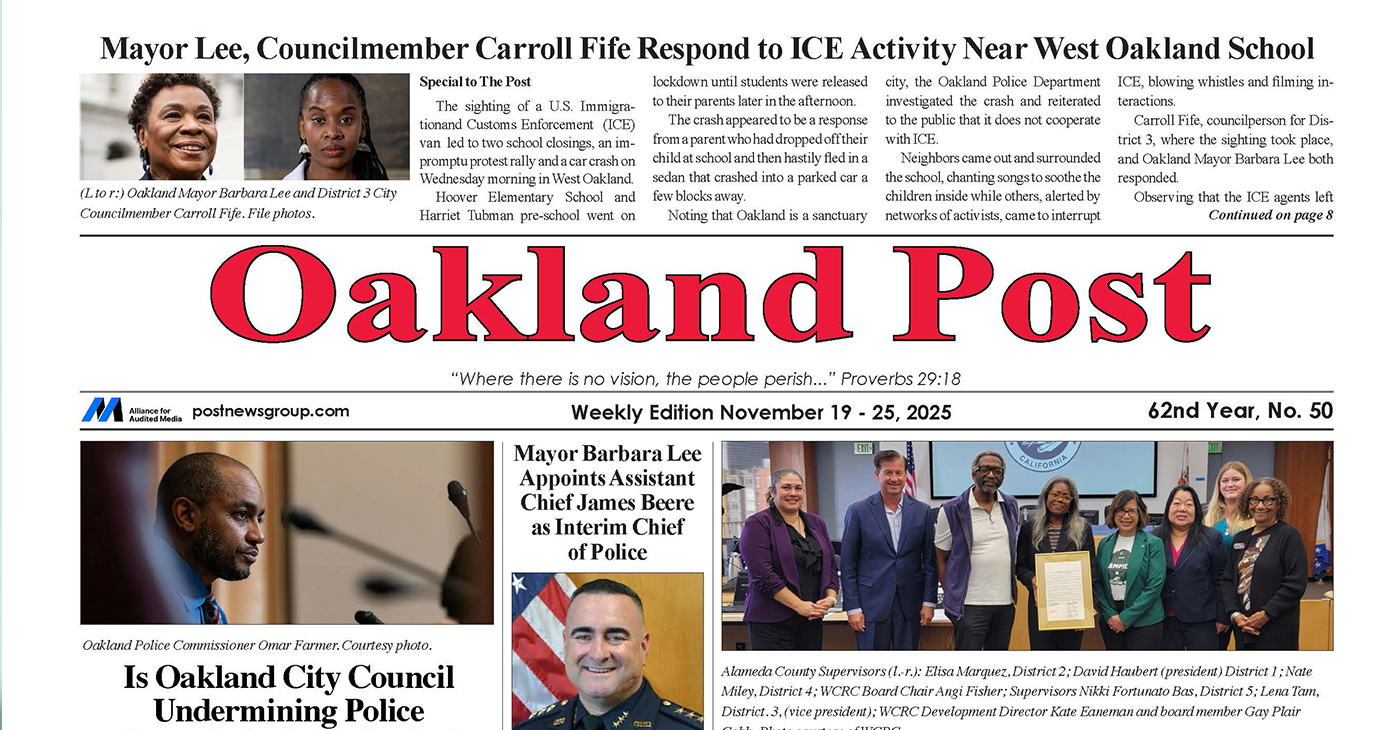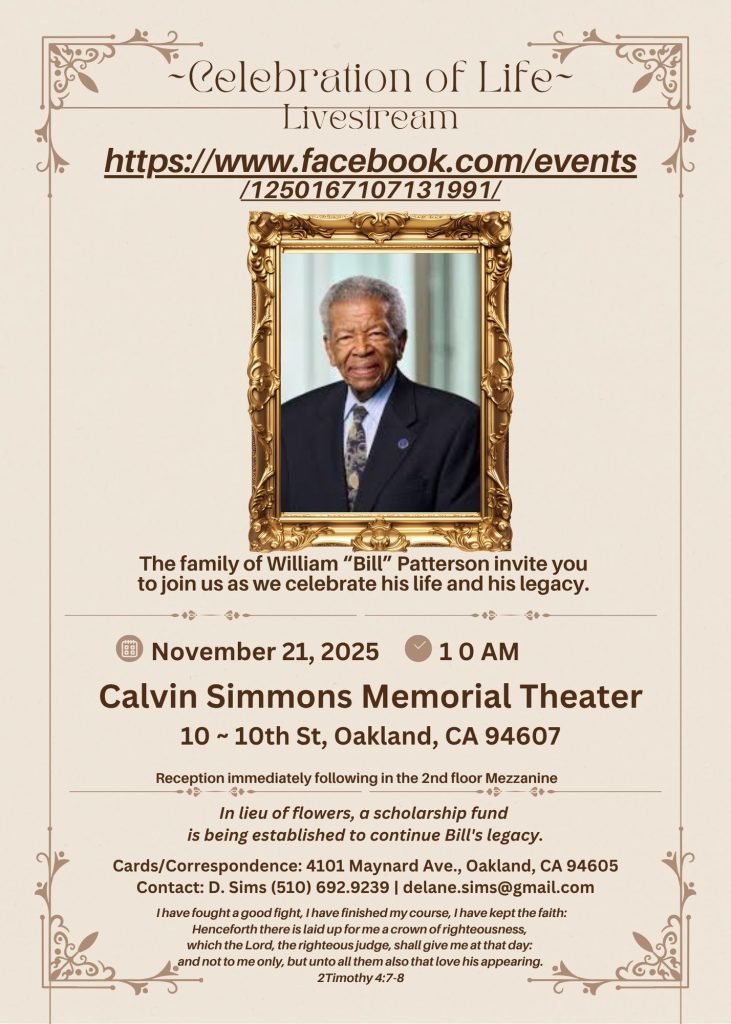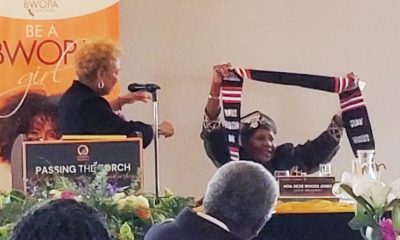City Government
Brooklyn Basin on a Fast Track, Largest Residential Development in City’s History
Media, labor groups and civic leaders were almost breathless with enthusiasm in their praise for the Brooklyn Basin development, 3,100 units of mostly market rate housing that broke ground this spring on the waterfront from Oak to 9th streets near downtown Oakland.
Investors and others gathered for the groundbreaking in March as Oakland Mayor Jean Quan hailed the project, the largest residential development in Oakland history, not just as a milestone for the developers but for the whole city.
“Our history and future is on the waterfront,” Quan said to the 200 people who showed up for the event on the strip of land between the estuary and Highway 880.
However, some of the coalition of community groups that opposed the development when it was approved by the City Council in 2006 still consider the Brooklyn Basin to be one of the worst real estate deals ever agreed to by the city and contend that it may rank among the worst in the country.
The developers behind Brooklyn Basin include Signature Development Group and Zarsion Holdings Group Ltd., a Chinese investor that bought the property from Signature and committed $1.5 billion to build out the project.
Visiting Oakland, Weixun Shan, chairman of Zarsion Holdings, said he wants to complete the 3,100-unit housing development within three to four years. Originally, the development was to be built over a six-to-eight year period.
About 1,200 units of housing will be built as part of phase one of the project, according to Shan, who hopes to start the second phase before the first units become available sometime in 2015.
Opposing the project led by Mike Ghielmetti and his Signature Development Group was a community coalition, the Oak-to-Ninth Referendum Committee.
“Over a period of a couple of years, we were engaged in three lawsuits and lobbied unsuccessfully to try to get the City Council to demand a better deal for the city and to reject some of the onerous parts of the development agreement,” said James Vann, Oakland architect and housing rights activist who was on the steering committee of the coalition.
The project is creating a whole new neighborhood for 5,000 residents, without regard for the need for a school or access for all the new car traffic coming into the area, Vann said.
When the City Council approved the project without making changes that some coalition members felt were necessary for the public good, they circulated a petition, gathering more than 25,000 signatures in less than six weeks, more than enough to qualify for the ballot. But the petition was challenged by the developer’s attorney and disqualified on a technicality.
“This was one of the worst deals the city has ever been involved in,” said Vann. The city sold the 64-acres of valuable shoreline property to Ghielmetti for $18 million, way below market value, he said.
“The developer would be responsible for toxic cleanup, so he would not pay market value for the property,” said Vann
At the same time, the city agreed to buy back two parcels of land after the cleanup, totaling 4.5 acres, from the developer for the affordable housing for a cost of $29 million, almost two-thirds more than Ghielmetti paid for the entire property.
Under state law at the time, 15 percent of the 3,100 units or 478 units would have to be affordable housing.
The terms of the deal required the city to build the affordable units at a cost of $60-80 million, not the developer. If the city cannot come up with the money, the developer has agreed to repurchase the property.
But because state redevelopment law has changed, it is unclear at this time whether state law still requires any affordable housing to be built, said Vann.
The two parcels earmarked for affordable housing are built farthest from the estuary and next to the freeway. To protect those who live in these units from freeway noise and air pollution from nearby Highway 880, sound walls will be built and the units’ windows facing the freeway will be unopenable.
In addition there is an agreement to 25 percent local hire of apprentice construction workers. “Some groups worked on this as part of community benefits, but it is not clear whether many people will be able to take advantage of the apprenticeship training,” said Vann.
After the project was approved in 2006, Ghielmetti did not have the funding to build the project, and it languished until public officials found Zarsion Holdings in China.
Seeking to speak with supporters familiar with the community benefits agreement, the Post called Mayor Jean Quan, the City Administrator’s Office and Signature Properties. None of them returned calls.
In addition to housing, mostly condominiums, Brooklyn Basin is slated to include 200,000 square feet of commercial space and more than 30 acres of parks and open space, as well as segments of the Bay trail.
Andy Nelson, who in 2006 served on the staff of Urban Strategies Council, was part of a coalition of several nonprofits that worked on community benefits.
The agreement “includes two separate deals that create community benefit for Oakland residents and folks in nearby neighborhoods, for affordable housing and job training and placement,” he said.
Under the agreement, the developer will pay $1.65 million to training 300 local residents for entry-level construction jobs, Nelson said. The development will have to pay damages if he does not honor the agreement.
In 2006, “even the strongest affordable housing advocates on the City Council were not pushing the developer to make any contributions to affordable housing,” said Nelson. In that context, his coalition was able to win a commitment for the city to create affordable housing, which would go to residents of Chinatown and the San Antonio District, he said
He said the housing agreement would be defended in court if necessary, and if the city’s 3.5 acre parcels are sold for between $20-30 million, at least some affordable housing can be built at sites around the city.
“Unfortunately, at present all that is certain is that 3,100 high cost condominiums will be built on the last large parcel of Oakland land; the construction of 468 units of critically needed affordable housing is only a pipe dream,” said Vann.
Activism
Oakland Post: Week of November 26 – December 2, 2025
The printed Weekly Edition of the Oakland Post: Week of November 26 – December 2, 2025

To enlarge your view of this issue, use the slider, magnifying glass icon or full page icon in the lower right corner of the browser window.
Activism
Oakland Post: Week of November 19 – 25, 2025
The printed Weekly Edition of the Oakland Post: Week of November 19 – 25, 2025

To enlarge your view of this issue, use the slider, magnifying glass icon or full page icon in the lower right corner of the browser window.
Activism
IN MEMORIAM: William ‘Bill’ Patterson, 94
Bill devoted his life to public service and education. In 1971, he became the founding director for the Peralta Community College Foundation, he also became an administrator for Oakland Parks and Recreation overseeing 23 recreation centers, the Oakland Zoo, Children’s Fairyland, Lake Merritt, and the Henry J. Kaiser Convention Center.

William “Bill” Patterson, 94, of Little Rock, Arkansas, passed away peacefully on October 21, 2025, at his home in Oakland, CA. He was born on May 19, 1931, to Marie Childress Patterson and William Benjamin Patterson in Little Rock, Arkansas. He graduated from Dunbar High School and traveled to Oakland, California, in 1948. William Patterson graduated from San Francisco State University, earning both graduate and undergraduate degrees. He married Euradell “Dell” Patterson in 1961. Bill lovingly took care of his wife, Dell, until she died in 2020.
Bill devoted his life to public service and education. In 1971, he became the founding director for the Peralta Community College Foundation, he also became an administrator for Oakland Parks and Recreation overseeing 23 recreation centers, the Oakland Zoo, Children’s Fairyland, Lake Merritt, and the Henry J. Kaiser Convention Center.
He served on the boards of Oakland’s Urban Strategies Council, the Oakland Public Ethics Commission, and the Oakland Workforce Development Board.
He was a three-term president of the Oakland branch of the NAACP.
Bill was initiated in the Gamma Alpha chapter of Kappa Alpha Psi Fraternity.
In 1997 Bill was appointed to the East Bay Utility District Board of Directors. William Patterson was the first African American Board President and served the board for 27 years.
Bill’s impact reached far beyond his various important and impactful positions.
Bill mentored politicians, athletes and young people. Among those he mentored and advised are legends Joe Morgan, Bill Russell, Frank Robinson, Curt Flood, and Lionel Wilson to name a few.
He is survived by his son, William David Patterson, and one sister, Sarah Ann Strickland, and a host of other family members and friends.
A celebration of life service will take place at Henry J. Kaiser Convention Center (Calvin Simmons Theater) on November 21, 2025, at 10 AM.
His services are being livestreamed at: https://www.facebook.com/events/1250167107131991/
In lieu of flowers, donations can be made to the Euradell and William Patterson scholarship fund TBA.

-

 Activism3 weeks ago
Activism3 weeks agoOakland Post: Week of November 12 – 18, 2025
-

 Activism4 weeks ago
Activism4 weeks agoOakland Post: Week of November 5 – 11, 2025
-

 Activism2 weeks ago
Activism2 weeks agoIN MEMORIAM: William ‘Bill’ Patterson, 94
-

 Activism3 weeks ago
Activism3 weeks agoHow Charles R. Drew University Navigated More Than $20 Million in Fed Cuts – Still Prioritizing Students and Community Health
-

 #NNPA BlackPress3 weeks ago
#NNPA BlackPress3 weeks agoThe Perfumed Hand of Hypocrisy: Trump Hosted Former Terror Suspect While America Condemns a Muslim Mayor
-

 Bay Area3 weeks ago
Bay Area3 weeks agoNo Justice in the Justice System
-

 #NNPA BlackPress3 weeks ago
#NNPA BlackPress3 weeks agoProtecting Pedophiles: The GOP’s Warped Crusade Against Its Own Lies
-

 #NNPA BlackPress2 weeks ago
#NNPA BlackPress2 weeks agoTrump’s Death Threat Rhetoric Sends Nation into Crisis























































